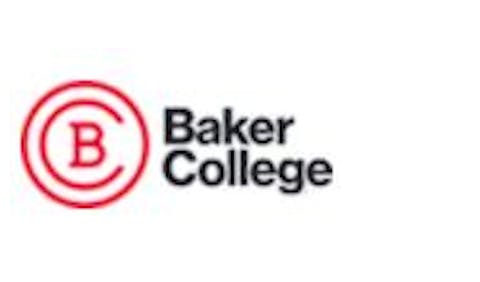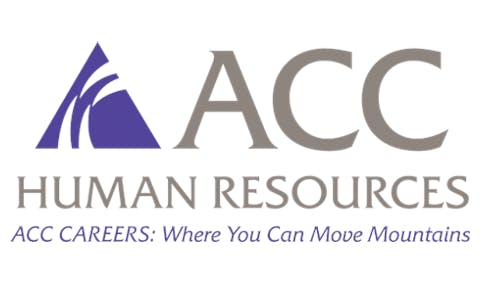 File photo
File photo
The report found that intensive programs resulting in associate degrees in registered nursing, dental hygiene, and certain allied health technologies can increase earnings significantly within six years of completion. However, shorter certificate programs for positions like nursing assistants and medical assistants show little to no wage improvement despite requiring substantial time and money investments.
"The specific health programs Californians pursue have clear implications for future economic gains and career opportunities," the report states.
Mid-length certificate programs for licensed vocational nurses and psychiatric technicians fall somewhere in between, offering moderate wage gains that vary considerably by region. The findings come as California officials work to expand health career pathways under the state's Vision 2030 plan and the Governor's Master Plan on Career Education, both of which emphasize connecting workers to well-paying jobs in key sectors.
Health care represents California's largest and fastest-growing employment sector, driven by an aging population and expanded health coverage. Many health occupations offer economic mobility opportunities for workers without four-year degrees, making them relatively unique in the labor market. But access to high-return programs remains severely constrained.
Registered nursing programs have seen growing waiting lists despite increasing numbers of qualified applicants, leading to calls for expanded training capacity at community colleges. Programs with the best economic outcomes also require multiple prerequisite courses and competitive admission processes, creating barriers for many potential students.
The report reveals stark demographic patterns in program enrollment. Women comprise approximately 70 percent of total enrollments in health programs studied, rising to nearly 90 percent in nursing, medical assisting, and dental programs. Emergency medical technician and paramedic programs represent a notable exception, with more than 70 percent male enrollment.
Latino students appear overrepresented in shorter-term, lower-return programs like medical and nursing assisting relative to their 62 percent share of overall community college enrollment. In contrast, they make up about 50 percent of enrollments in high-value associate degree programs—roughly proportional to total enrollment. Black students show higher concentration in behavioral health programs, while Asian students are more heavily enrolled in registered nursing and allied technical programs. Age differences also emerged as significant. Younger students ages 18 to 24 comprise 50 to 80 percent of enrollments in shorter-term certificate programs but only 25 to 30 percent in associate degree programs like registered nursing and radiologic technology. The time required to complete prerequisites and gain acceptance into selective programs may explain the older age profile.
Training providers interviewed for the study cited child care as one of the most common reasons students cannot start or complete programs. Older students often juggle family responsibilities and the need to contribute to household earnings while pursuing training. "The main problem we see is participants' child care falling through," one nonprofit workforce provider told researchers. "With our programs being so short, there's not a lot of makeup time."
More than 60 percent of sub-baccalaureate health credentials completed at California higher education institutions were conferred by for-profit colleges, though comprehensive data from these providers remains limited.
The report notes that for-profit institutions and community-based nonprofits play key roles in health care training alongside the community college system. Program availability varies dramatically by region. Several areas including the Central Coast, Kern County, the San Joaquin Valley, and the Far North show considerably higher per capita enrollments in high-return programs than regions like the Inland Empire, Los Angeles County, and the Southern Border.
The report emphasizes that while some shorter programs like nursing assistant training are intended as stepping stones to higher-paying careers, relatively few completers return for additional education through the community colleges to advance their careers. Researchers analyzed data from the California Community College Chancellor's Office and conducted interviews with health training providers.
The study was supported by Blue Shield of California Foundation, Gates Foundation, the James Irvine Foundation, and Tipping Point Community.

















